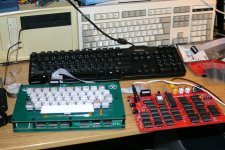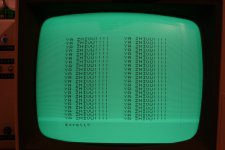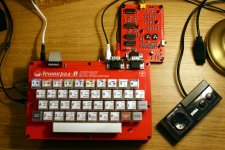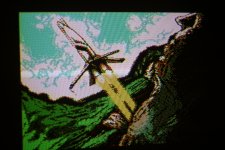cj7hawk
Veteran Member
What software did you design those PCBs in?
You have me thinking about what a minimalistic Spectrum/CPM machine might look like... ( Without using ULAs ) - Maybe something Pandora-like.
Thanks for posting the journey - When you anticipate having a working model?
Also, why the lack of expansion port? I've noticed that isn't all that uncommon for some Spectrum clones?
You have me thinking about what a minimalistic Spectrum/CPM machine might look like... ( Without using ULAs ) - Maybe something Pandora-like.
Thanks for posting the journey - When you anticipate having a working model?
Also, why the lack of expansion port? I've noticed that isn't all that uncommon for some Spectrum clones?




